Review of LncRNA Subcellular Localization
DOI: 10.23977/medsc.2025.060101 | Downloads: 15 | Views: 588
Author(s)
Yuanzhao Kang 1, Zhiqiang Zhang 1
Affiliation(s)
1 School of Information Science and Technology, Yunnan Normal University, Kunming, China
Corresponding Author
Yuanzhao KangABSTRACT
Long non-coding RNAs (LncRNAs) are a class of RNA molecules typically longer than 200 nucleotides that are unable to be translated into proteins. They regulate various biological processes in the cell, such as gene expression, epigenetic modifications, cell differentiation, and tissue development, through multiple mechanisms. The function of LncRNAs is closely related to their subcellular localization. LncRNAs located in the nucleus or cytoplasm participate in processes such as epigenetic regulation, transcriptional regulation, and RNA processing, or regulate mRNA stability, translation efficiency, and signal transduction. In recent years, the role of LncRNAs in diseases like cancer and neurological disorders has gained increasing attention. Studying their subcellular localization is crucial to understanding their function. This review summarizes the mechanisms and functions of LncRNA subcellular localization, introduces commonly used experimental methods (such as fluorescence in situ hybridization, immunofluorescence staining, and cell fractionation), as well as computational methods (such as prediction models based on machine learning and deep learning), and discusses the latest research advancements and future directions in LncRNA subcellular localization. Additionally, we introduce related databases for LncRNA subcellular localization, such as LncLocate, RNALocate, and LncAtlas, which further advance the development of LncRNA localization studies.
KEYWORDS
LncRNA, subcellular localization, functional mechanisms, experimental methods, computational predictionCITE THIS PAPER
Yuanzhao Kang, Zhiqiang Zhang. Review of LncRNA Subcellular Localization. MEDS Clinical Medicine (2025) Vol. 6: 1-7. DOI: http://dx.doi.org/10.23977/medsc.2025.060101.
REFERENCES
[1] Schmitz S U, Grote P, Herrmann B G. Mechanisms of long noncoding RNA function in development and disease[J]. Cellular and molecular life sciences, 2016, 73: 2491-2509.
[2] Statello L, Guo C J, Chen L L, et al. Gene regulation by long non-coding RNAs and its biological functions[J]. Nature reviews Molecular cell biology, 2021, 22(2): 96-118.
[3] Bayoudh K, Knani R, Hamdaoui F, et al. A survey on deep multimodal learning for computer vision: advances, trends, applications, and datasets[J]. The Visual Computer, 2022, 38(8): 2939-2970.
[4] Zhang Q, Wu H, Zhang C, et al. Provable dynamic fusion for low-quality multimodal data[C]//International conference on machine learning. PMLR, 2023: 41753-41769.
[5] Wang B, Mezlini A M, Demir F, et al. Similarity network fusion for aggregating data types on a genomic scale[J]. Nature methods, 2014, 11(3): 333-337.
[6] Yang M, Matan-Lithwick S, Wang Y, et al. Multi-omic integration via similarity network fusion to detect molecular subtypes of ageing [J]. Brain Communications, 2023, 5(2): fcad110.
[7] Jarada T N, Rokne J G, Alhajj R. SNF-NN: computational method to predict drug-disease interactions using similarity network fusion and neural networks [J]. BMC bioinformatics, 2021, 22: 1-20.
[8] Yang C, Ge SG, Zheng CH. ndmaSNF: cancer subtype discovery based on integrative framework assisted by network diffusion model. Oncotarget. 2017 Oct 6; 8(51):89021-89032. doi: 10.18632/oncotarget.21643. PMID: 29179495; PMCID: PMC5687665.
[9] Liu J, Liu W, Cheng Y, et al. Similarity network fusion based on random walk and relative entropy for cancer subtype prediction of multigenomic data[J]. Scientific Programming, 2021, 2021(1): 2292703.
[10] Feng S, Liang Y, Du W, et al. LncLocation: efficient subcellular location prediction of long non-coding RNA-based multi-source heterogeneous feature fusion [J]. International Journal of Molecular Sciences, 2020, 21(19): 7271.
[11] Radford A, Kim J W, Hallacy C, et al. Learning transferable visual models from natural language supervision [C]//International conference on machine learning. PMLR, 2021: 8748-8763.
[12] Khosla P, Teterwak P, Wang C, et al. Supervised contrastive learning[J]. Advances in neural information processing systems, 2020, 33: 18661-18673.
[13] Xia W, Wang T, Gao Q, et al. Graph embedding contrastive multi-modal representation learning for clustering[J]. IEEE Transactions on Image Processing, 2023, 32: 1170-1183.
[14] Zhang Q, Wei Y, Han Z, et al. Multimodal fusion on low-quality data: A comprehensive survey[J]. arXiv preprint arXiv:2404.18947, 2024.
[15] Padmavathi K, Asha C S, Maya V K. A novel medical image fusion by combining TV-L1 decomposed textures based on adaptive weighting scheme [J]. Engineering Science and Technology, an International Journal, 2020, 23(1): 225-239.
[16] Huang Z, Niu G, Liu X, et al. Learning with noisy correspondence for cross-modal matching[J]. Advances in Neural Information Processing Systems, 2021, 34: 29406-29419. [17] Liu Y, Zhou D, Nie R, et al. TSE_Fuse: Two stage enhancement method using attention mechanism and feature-linking model for infrared and visible image fusion [J]. Digital Signal Processing, 2022, 123: 103387.
[18] P. Sharma, N. Ding, S. Goodman, and R. Soricut, "Conceptual captions: A cleaned, hypernymed, image alt-text dataset for automatic image captioning," in Proceedings of the 56th Annual Meeting of the Association for Computational Linguistics (Volume 1: Long Papers), 2018.
[19] F. Radenovic, A. Dubey, A. Kadian, T. Mihaylov, S. Vandenhende, Y. Patel, Y. Wen, V. Ramanathan, and D. Mahajan, "Filtering, distillation, and hard negatives for vision-language pre-training," in Proceedings of the IEEE/CVF Conference on Computer Vision and Pattern Recognition, 2023.
[20] S. Y. Gadre, G. Ilharco, A. Fang, J. Hayase, G. Smyrnis, T. Nguyen, R. Marten, M. Wortsman, D. Ghosh, J. Zhang et al., "Datacomp: In search of the next generation of multimodal datasets," Advances in neural information processing systems, 2023.
[21] Xue Z, Marculescu R. Dynamic multimodal fusion[C]//Proceedings of the IEEE/CVF Conference on Computer Vision and Pattern Recognition. 2023: 2575-2584.
[22] Li Z, Liu L, Feng C, et al. LncBook 2.0: integrating human long non-coding RNAs with multi-omics annotations [J]. Nucleic Acids Research, 2023, 51(D1): D186-D191.
[23] Cui T, Dou Y, Tan P, et al. RNALocate v2. 0: an updated resource for RNA subcellular localization with increased coverage and annotation [J]. Nucleic acids research, 2022, 50(D1): D333-D339.
[24] M, Zheng Y, Li Y F, et al. Multi-scale contrastive siamese networks for self-supervised graph representation learning[J]. arxiv preprint arxiv:2105.05682, 2021.
[25] Yi Z, Wang X, Ounis I, et al. Multi-modal graph contrastive learning for micro-video recommendation [C]//Proceedings of the 45th International ACM SIGIR Conference on Research and Development in Information Retrieval. 2022: 1807-1811.
[26] Yang H, Chen R, Li D, et al. Subtype-GAN: a deep learning approach for integrative cancer of multi-omics data[J]. Bioinformatics, 2021, 37(16): 2231-2237.
[27] Wang T, Shao W, Huang Z, et al. MOGONET integrates multi-omics data using graph convolutional networks allowing patient classification and biomarker identification [J]. Nature communications, 2021, 12(1): 3445.
[28] Wei C, Wang Y, Bai B, et al. Boosting graph contrastive learning via graph contrastive saliency[C]//International conference on machine learning. PMLR, 2023: 36839-36855.
| Downloads: | 9901 |
|---|---|
| Visits: | 656827 |
Sponsors, Associates, and Links
-
Journal of Neurobiology and Genetics
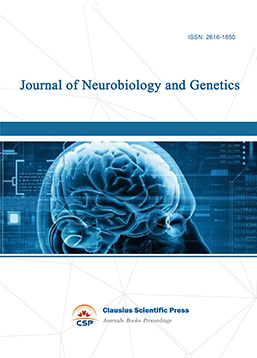
-
Medical Imaging and Nuclear Medicine

-
Bacterial Genetics and Ecology
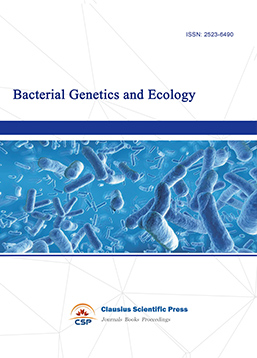
-
Transactions on Cancer
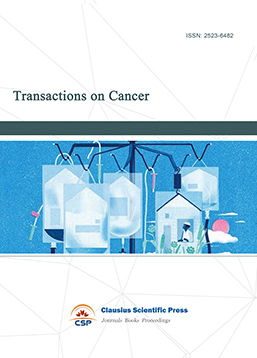
-
Journal of Biophysics and Ecology

-
Journal of Animal Science and Veterinary
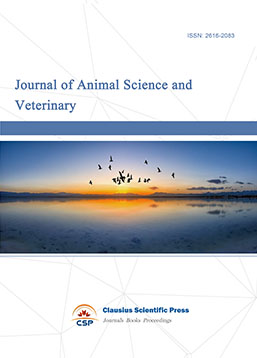
-
Academic Journal of Biochemistry and Molecular Biology
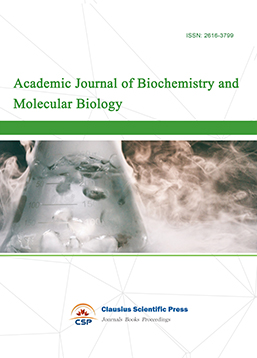
-
Transactions on Cell and Developmental Biology

-
Rehabilitation Engineering & Assistive Technology
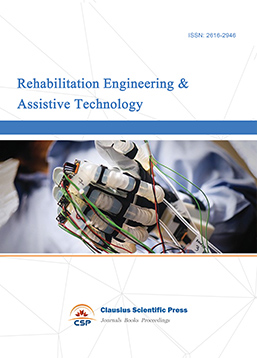
-
Orthopaedics and Sports Medicine
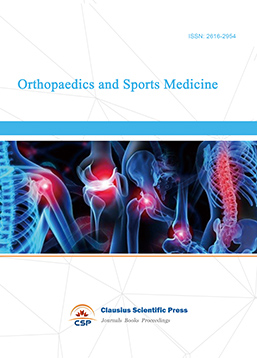
-
Hematology and Stem Cell

-
Journal of Intelligent Informatics and Biomedical Engineering
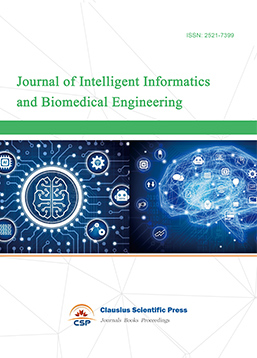
-
MEDS Basic Medicine
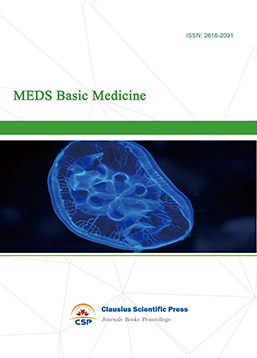
-
MEDS Stomatology
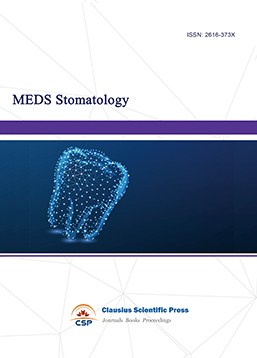
-
MEDS Public Health and Preventive Medicine
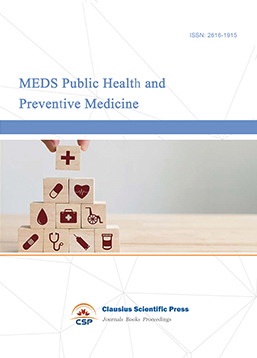
-
MEDS Chinese Medicine
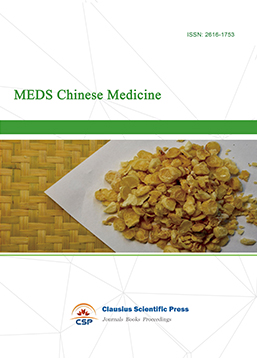
-
Journal of Enzyme Engineering

-
Advances in Industrial Pharmacy and Pharmaceutical Sciences
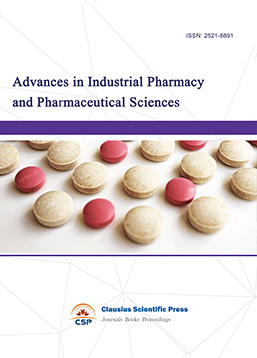
-
Bacteriology and Microbiology
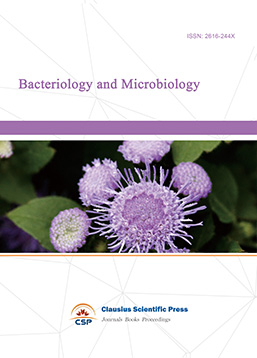
-
Advances in Physiology and Pathophysiology

-
Journal of Vision and Ophthalmology
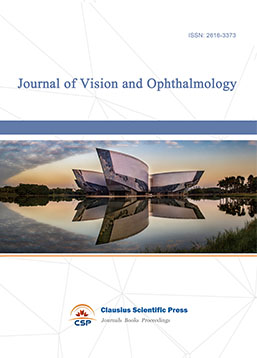
-
Frontiers of Obstetrics and Gynecology

-
Digestive Disease and Diabetes

-
Advances in Immunology and Vaccines

-
Nanomedicine and Drug Delivery
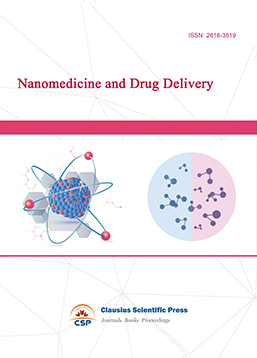
-
Cardiology and Vascular System

-
Pediatrics and Child Health

-
Journal of Reproductive Medicine and Contraception

-
Journal of Respiratory and Lung Disease
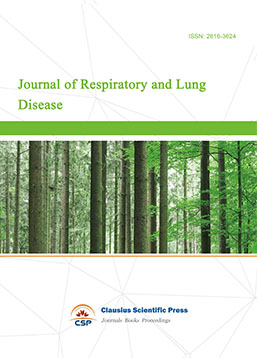
-
Journal of Bioinformatics and Biomedicine


 Download as PDF
Download as PDF